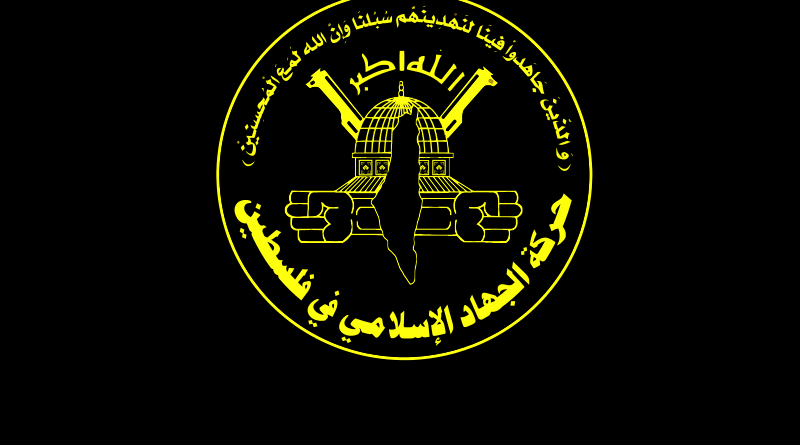Islamic Jihad (PIJ)

Palestinian Islamic Jihad (PIJ) was founded in 1981 by Fathi Abd al-Aziz al-Shikaki, a physician from Rafah in the Gaza Strip. While it rose through the network of the Muslim Brotherhood in Palestine it soon developed into a distinct organisation, shaped by growing militarism and heavily influenced by the 1979 Iranian Revolution.
Ziyad al-Nakhalah was elected secretary general in September 2018. He succeeding Ramadan Shalah, one of PIJ’s earliest members who suffered a stroke.
Iran remains a key source of funding to this day. It is thought to have good working relations with Egyptian intelligence, although it has moved closer to Iran under al-Nakhalah.
Islamic Jihad acts as an elite vanguard rather than a broad community-based movement and is opposed to political engagement with Israel. It has a long history of attacking Israeli soldiers and civilians, dating back to the 1980s. Its armed wing, the al-Quds Brigades, was founded in 1992.
PIJ’s founder, Fathi Abd al-Aziz al-Shikaki, was assassinated in Malta in 1995 in retaliation to a double suicide bombing against Israeli soldiers at Beit Lid Junction in Israel. PIJ continued to engage in suicide bombings against Israeli civilian targets until 2007.
While Islamic Jihad is sharply critical of the Palestinian Authority and its policies, it does not participate in politics and limits its role to military confrontation with Israel. However, it has long participated in student politics, fielding candidates in Palestinian university elections since the 1980s. It also participated in the 1996 legislative elections. The group has participated in intra-Palestinian reconciliation efforts between Hamas and Fatah.
The organisation upholds a secretive and ostensibly disciplined cell-based structure. Its early membership was composed of Islamist activists and students at the Islamic University in Gaza. But it also attracted members from the secular Fatah and Marxist Popular Front for the Liberation of Palestine (PFLP).

